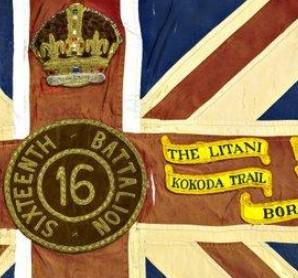Technology Model - F601 Alvis Saladin Armoured Car 1958 - 1978
Handcrafted model of Avis Saladin
The Alvis F600 series arose in I945 for the replacement of the WW2 AEC heavy armored car in service. The Alvis Car and Engineering Company Ltd designed a common chassis that could be used for a variety of vehicles, namely the Saracen armored personnel carrier, the Stalwart high mobility load carrier and the Salamander fire tender. The Saladin was developed over the same base, using shared components but with a specific turret and was the only fighting armored car of the series.
The Alvis F600 series arose in I945 for the replacement of the WW2 AEC heavy armored car in service. The Alvis Car and Engineering Company Ltd designed a common chassis that could be used for a variety of vehicles, namely the Saracen armored personnel carrier, the Stalwart high mobility load carrier and the Salamander fire tender. The Saladin was developed over the same base, using shared components but with a specific turret and was the only fighting armored car of the series.
It was tested already in 1955, and six pre-production models were built in 1957 (later renamed Mk.I) before the vehicle was accepted into service in 1958. Production began afterward and it stopped only in 1972. For the British Army, all deliveries were done in 1960, but it was resumed for export, quite successfully: 20 countries purchased the new 6x6 armored car. It is still in service in some and saw action in at least six conflicts.
Details
Details
The models in this collection were crafted from scratch by Mr Tom Runeckles. They were periodically displayed at the Museum before their eventual donation as part of the Mobility and Firepower story.
Australian Army Museum of Western Australia
Australian Army Museum of Western Australia
Other items from Australian Army Museum of Western Australia
- Technology Model - Salvation Army Canteen Truck
- Technology Model - Alvis FV603 Saracen Wheeled Armoured Personnel Carrier
- Technology Model - M113 Fire Support Vehicle (FSV)
- Technology Model - Staghound 1943
- Technology Model - Thorneycroft J Type Truck
- Technology Model - Infantry Tank Mk III Valentine Tank
- Technology Model - Vickers Mk 2 Medium Tank
- Technology Model - Whippet Medium Tank Mk 2, 1917
- Technology Model - M113 A1 Armoured Personnel Carrier (APC)
- Mannequin Display - Australian Army Band Corps Drum Major,1970
- Mannequin Display - Pre 1914, 2nd Anglo Boer War, 1st Western Australian Contingent, 1899
- Battle Honour - "The Litani", 1941



